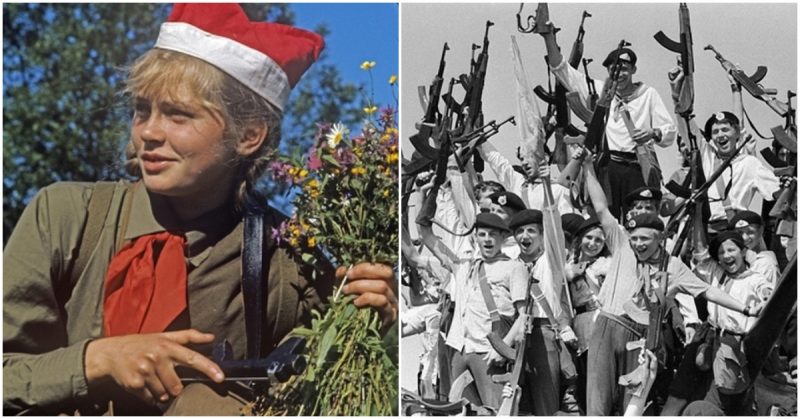Zarnitsa was a mass sports game of the 20th century. It was a team competition with elements of military field exercises.
“Oh, yes, we also played Zarnitsa, or rather, we were forced to play, there was no way to refuse and say no” – the memory of one of the members of the Soviet Zarnitsa.
In January 1967, the first commander of the game, Hero of the Soviet Union, Marshal of Artillery Vasily Ivanovich Kozakov issued an order. According to this order, special “young” battalions were to be created among youth public associations and students of educational organizations.
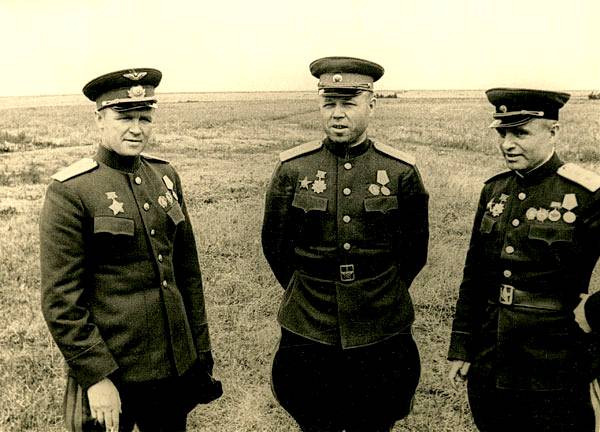
The task of these battalions was to train the younger generation in military skills, foster love for the Soviet Union and a readiness to confront the enemies of the homeland.
Just like service in the Soviet army, participation in Zarnitsa was mandatory. Zarnitsa was included in the plan for initial military training within secondary schools. Over the first 5 years of the existence of the “game” (starting from February 23, 1964), more than 20 million Soviet schoolchildren took part in it. The game represented a variety of coaching aimed at the military training of the younger generation.
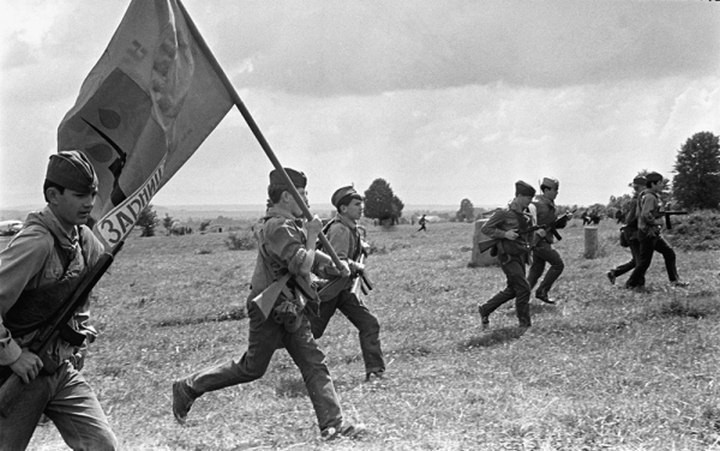
The main task of the military presence in the exercises was to provide experience for children that would possibly go on to the military and identify children with aptitude. For this reason, the game structure resembled a scenario from military operations and was carried out in the form of military field exercises.
The pupils of the junior classes performed light tasks, and pupils of the senior and middle classes received more complex instructions.
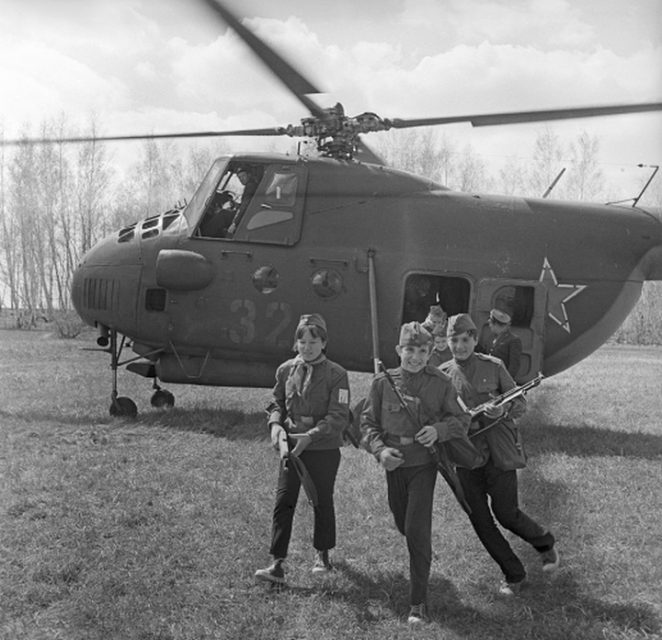
The game always began with a general solemn gathering on the parade ground. The participants were then divided into two teams. Each team was assigned a “senior.” He had a greater responsibility than the others but at the same time, some privileges.
Then the leadership explained the combat mission and the rules to all the participants. Once these had been explained, the teams became ‘enemies’.
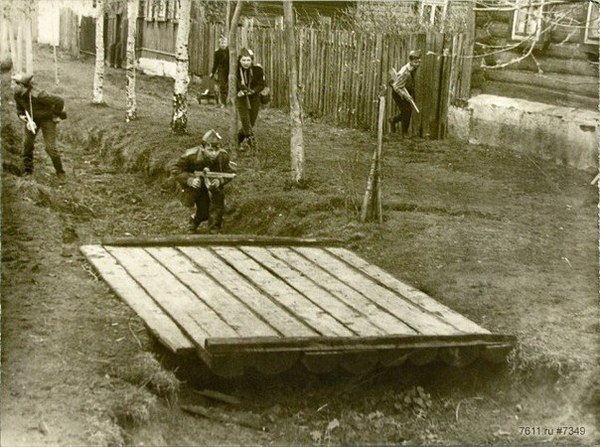
On the way to the place where the training activities began, both teams performed several initial tasks. Most often, Zarnitsa took place in forested areas and near military bases. In the development of game plans, actual military personnel took part.
During the main game, the participants faced various tasks. Some tasks were set for individual players, and some required the joint participation of all team members.
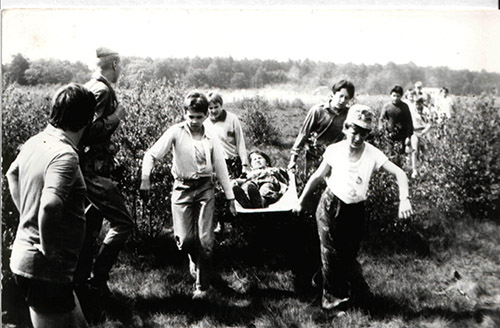
Some activities during the game included players crossing mine fields, obstacle courses, barbed wire fences, and fighting with opponents in hand-to-hand combat.
Also, participants trained to throw grenades, competed in shooting accuracy, learned how to start a fire, and the use of chemical protection suits. Girls became medics and were taught to provide first aid assistance in the ‘war zone’.
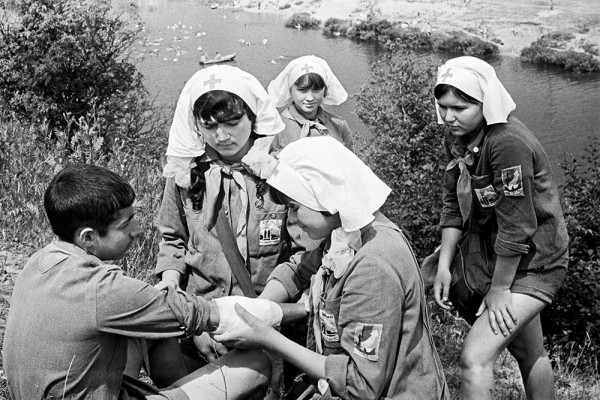
Suddenly, everyone would hear the command: “Flash right” or “Flash on the left.” On hearing these terms, participants were required to fall to the ground in a horizontal position and towards the appropriate direction.
In addition, an area was defined as a “the contaminated zone.” When in this zone, players had to use gas masks. This created additional challenges. As in real combat, the success of the operation was determined by the team’s cohesion.
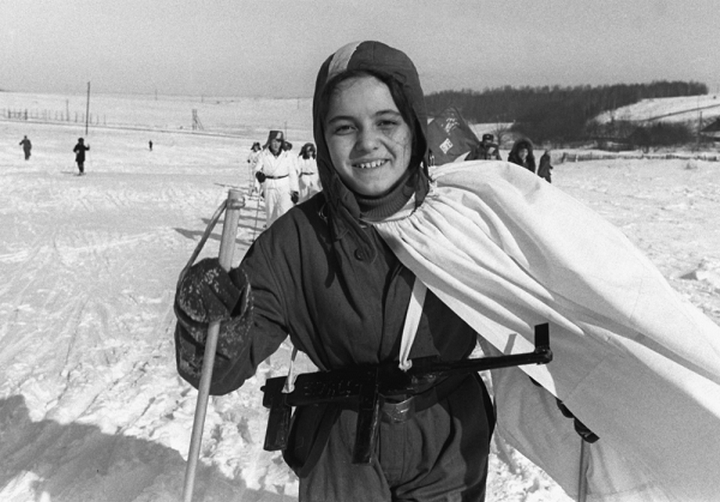
In the winter, snowballs were used as artillery shells. Materials at hand often became an improvised weapon that was used to ‘destroy’ targets.
Each team had its own base and its flag. The final part of the game was to capture the enemy’s flag and base. To eliminate an enemy player it was necessary to tear off his epaulets. Epaulets were the primary ‘sign of life’.
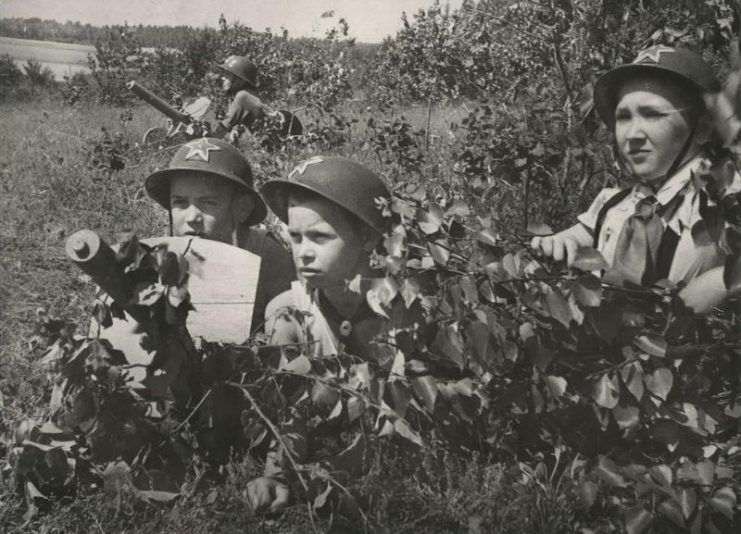
If the epaulets were torn off then the fighter was considered killed; if only one shoulder was ripped off, this meant he was wounded. The wounded player could not run or walk.
The captains of the teams wore four epaulets on their shoulders. Since they were the indicator of life, their protection was taken seriously.
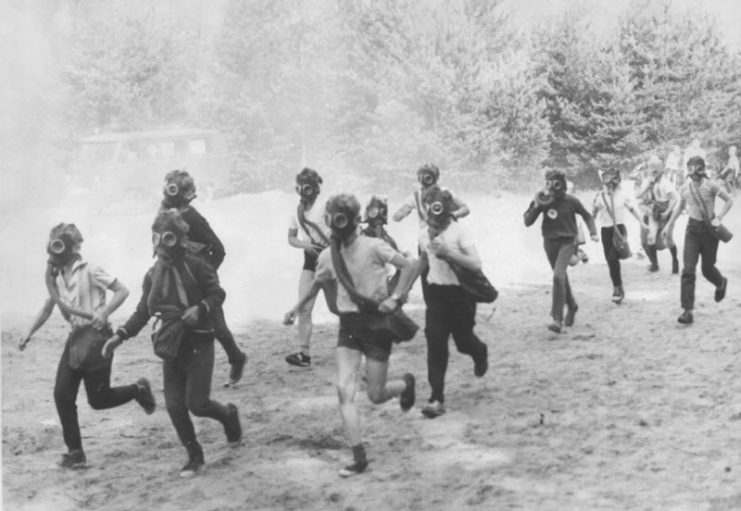
The points gained by the capturing of the flag and destruction of the enemy bases were added up. For any violation of the rules, points were lost. The team that earned the highest score was considered the winner.
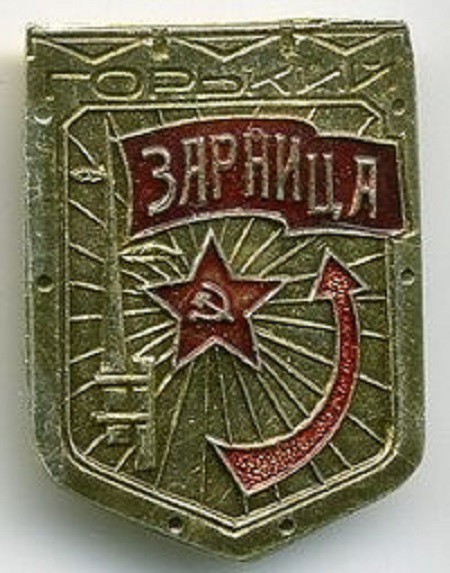
However, in some cases, the winner was the team that first captured the enemy flag. At the end of the game, all participants traditionally met for a general dinner. The best players were given badges.
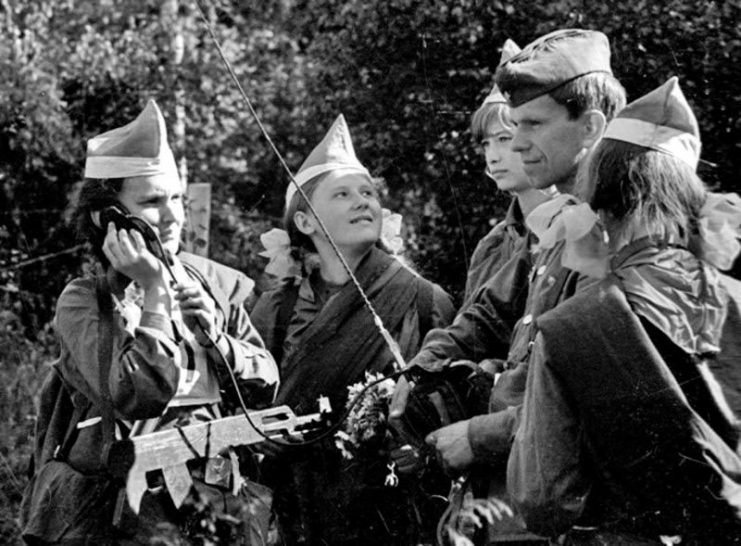
The interesting thing is that now the Zarnitsa is played by activists from rural areas. However, this game is somewhat different in character to the historical game.
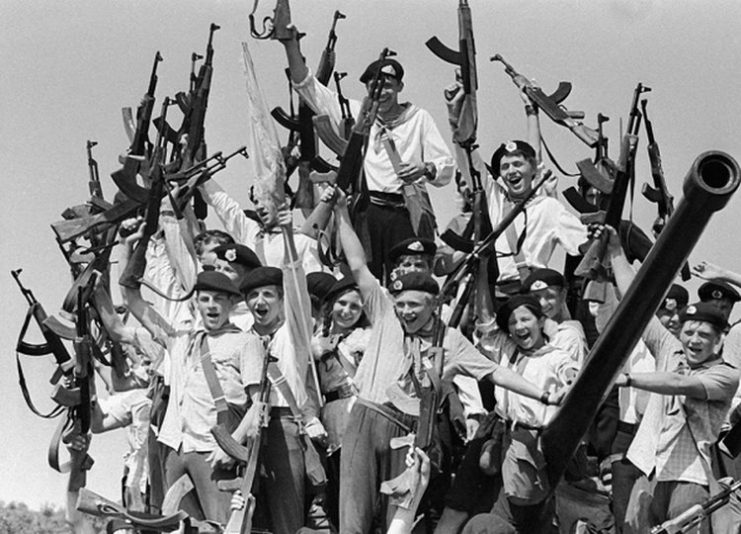
The reason for this is that in the original Zarnitsa was a compulsory game and the schoolchildren simply had no choice.
